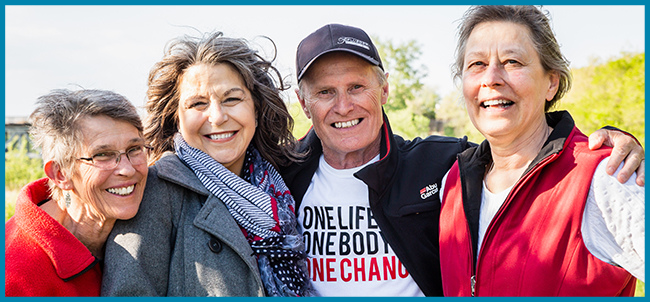Prevention for Children
Prevention is the best medicine. Learning how to protect against getting infections, manage an existing lung disease and prevent future lung diseases is important for all children.
How can I prevent my child from becoming ill?
There are many ways to prevent a child from becoming ill. Taking many active preventative steps is most effective. It is important to make sure children are up to date on all their vaccinations and immunizations. Some vaccinations are required only once, others more often and even yearly. Guidance around certain vaccinations such as COVID-19 are continuously changing and evolving. Other helpful preventative measures include washing hands properly and regularly, disinfecting commonly used surfaces often, maintaining a distance from others, wearing a well fitted mask in public and practicing proper cough and sneezing etiquette. Learn more about ways to prevent a child from becoming ill.
If a child has asthma, are there steps that can be taken to prevent flare-ups from viruses?
Yes. Viruses are common triggers for asthma, especially in children. In addition to taking steps to prevent getting viruses, it is very important to make sure a child’s asthma is well-controlled and know what to do should symptoms begin to worsen by having an Asthma Action Plan. Learn more about asthma flare-ups and ways to prevent them.
Is there anything that can be done to reduce a child’s risk of developing sleep apnea?
Obesity can play a role in children’s sleep apnea, therefore, maintaining a healthy weight is important. However, there are many other unpreventable causes such as enlarged tonsils and adenoids, neuromuscular disorders, and abnormalities in the skull or face. Learn more about sleep apnea treatment in children.
Is there anything that can be done to reduce a child’s risk of developing lung disease in general as an adult?
Yes. Everyone’s lungs need fresh, clean air. Avoiding breathing in anything harmful to our lungs throughout our life reduces a child’s risk of developing lung disease as an adult. Pollutants, smoke of any kind, including tobacco and cannabis, and chemicals, including vape products, can damage the lungs. Saskatchewan has some of the highest radon levels in the world. Radon that a child breathes in can lead to lung cancer as an adult. Learn more about radon.
More Resources for Prevention for Children
Tobacco Free for You and Me – A children’s story about how a Dragon became tobacco-free.
The Lung Squad Goes on a Field Trip – A children’s story about cultural tobacco.
Pediatric Asthma Action Plan - A plan that outlines steps for you to self-manage asthma. This plan should be filled out with your health care provider.
Health Canada Hand Washing Heroes
Health Canada Vaccines for Children
Health Canada Recommended Immunization Schedules: Canadian Immunization Guide





